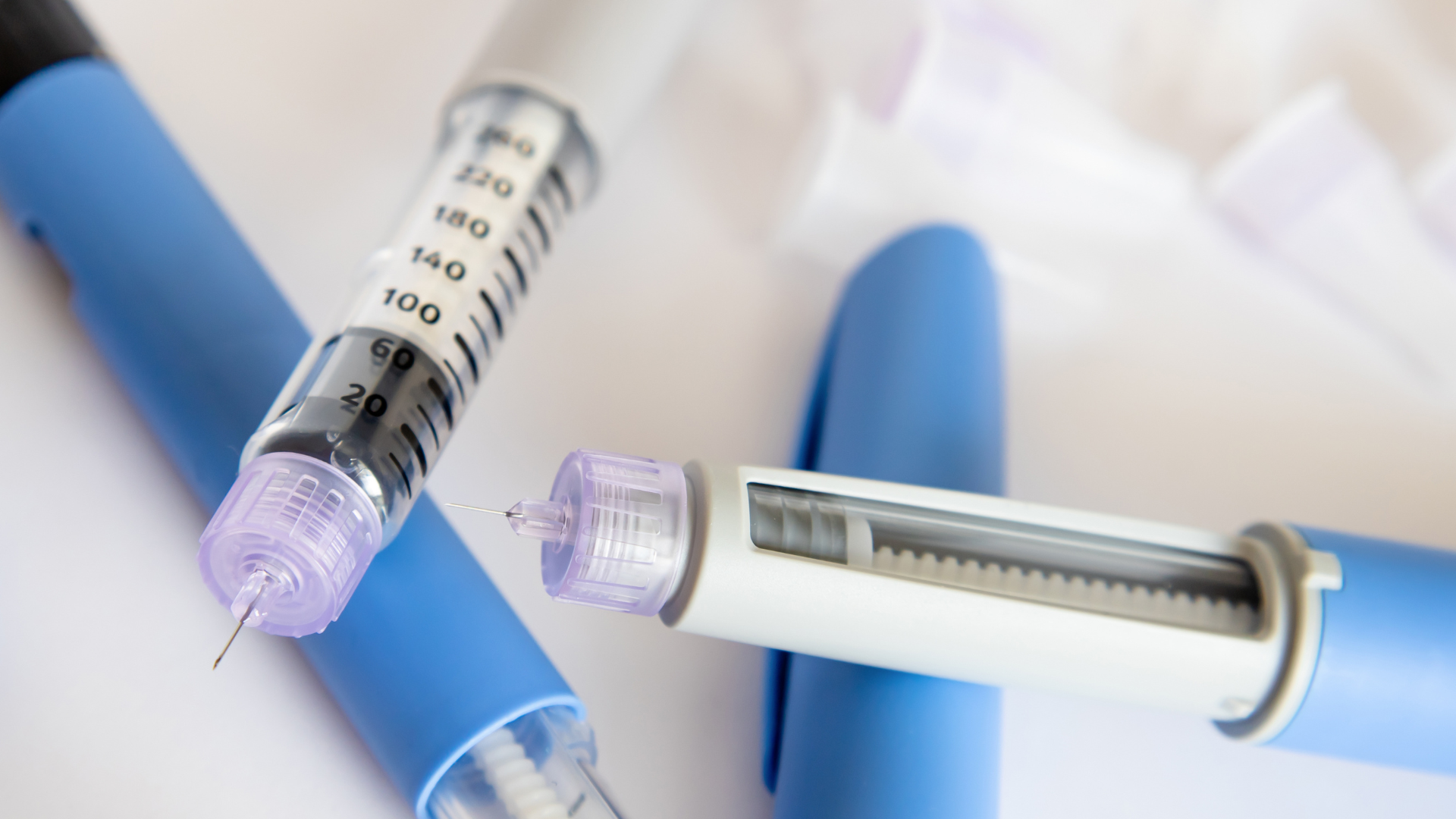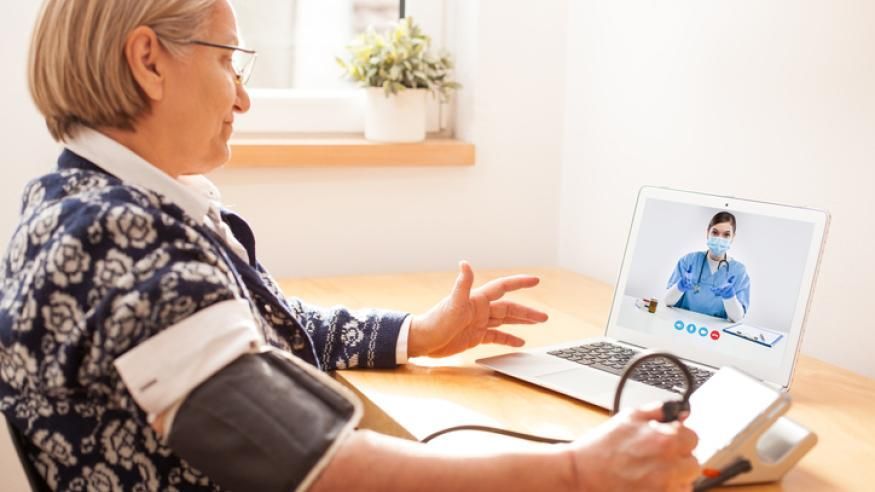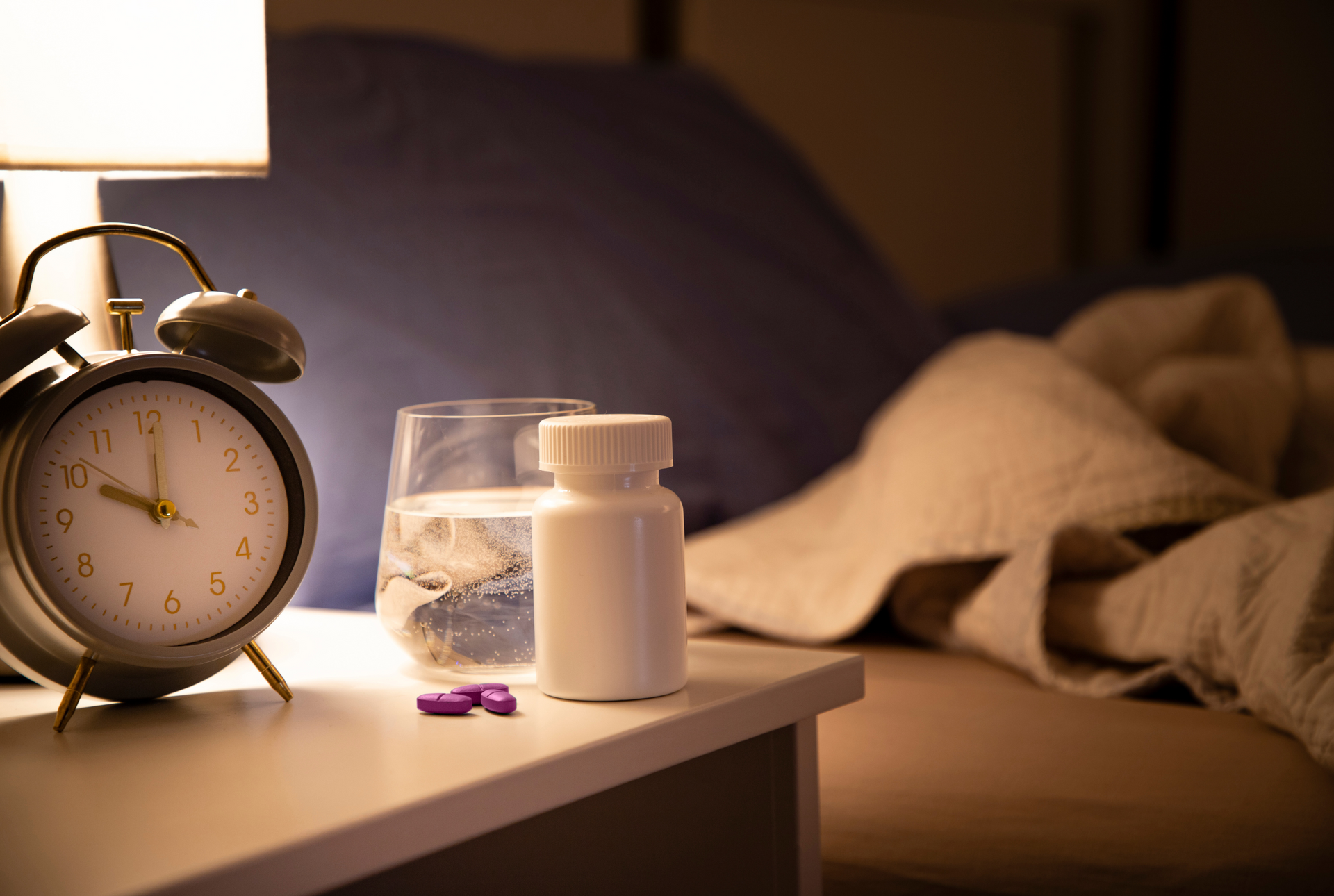Sexual Well-Being in Women With Diabetes
If you’re a woman with diabetes, you may be at greater risk for certain sexual issues. Here's more on how to manage it.
Your sexual life is an important part of your well-being, but if you’re a woman with diabetes, you may be at greater risk for sexual problems like low libido, less sexual stimulation, and yeast infections.
It’s not always easy to talk about sexual problems with your clinician, but it’s a good first step toward finding the right treatment. It’s important to prioritize women’s sexual health and for both healthcare professionals and patients to bring up these issues.
Impact on women with diabetes
“The risk of sexual dysfunction is very high in diabetes, but we have a number of solutions if the issue is carefully addressed by doctors,” said Dr. Emmanuele Jannini, researcher and professor of endocrinology and sexual medicine at the University of Rome Tor Vergata.
In a 2023 review, researchers looked at sexual dysfunction in premenopausal women with type 1 diabetes. Among them, 36% experienced some type of sexual problem. The study also found that women with type 1 diabetes are three times more likely to experience sexual issues compared to those without diabetes.
For women with type 2 diabetes, the numbers are even higher. A 2019 meta analysis found that roughly 67% of women with type 2 diabetes experienced sexual dysfunction.
Reasons for sexual dysfunction
There are several reasons why women with diabetes may be at greater risk for sexual problems, including:
- Lubrication issues. When your blood sugar is consistently high, this can cause damage to your blood vessels, including those in your vagina. When this happens, your vagina may not be able to properly lubricate itself, leading to dryness.
- Less stimulation. High blood sugar can also lead to nerve damage. When the nerves in your vagina and vulva are damaged, you may not be able to feel as much sexual stimulation.
- Difficulty feeling aroused. Sexual arousal triggers increased blood flow to your vagina and vulva. If your blood vessels are damaged by diabetes, you may have restricted blood flow to these areas.
- Urinary tract infections (UTIs). If you have diabetes, you’re at a greater risk for developing a UTI due to extra sugars present in the tissues of your urinary tract. This creates an environment that’s easier for bacteria to grow and cause an infection. Having a UTI can also seriously affect your sex life. Having sex may put extra pressure on your bladder, which can trigger intense pain or discomfort.
- Yeast infections. People with diabetes are more likely to get yeast infections because yeast grows more easily in urine that’s high in sugar. Yeast infections are also a side effect of SGLT-2 inhibitors, which are used to manage blood sugar in people with diabetes. Yeast infections can cause pain and itching in your vulva, and make sex extremely uncomfortable.
- Low libido. Diabetes can disrupt the normal balance of sex hormones like estrogen and testosterone. Changes in these hormones can reduce your sex drive and make it harder to become aroused.
The importance of women’s sexual health in clinical care
According to some experts, most of the research on sexual problems focuses on men with diabetes – not women.
There is early research on medications that may help for sexual dysfunction in women, including testosterone therapy and Cialis (tadalafil). However, more studies are needed to prove these treatments work effectively for females.
Due to the general lack of research regarding women’s sexual health, healthcare providers don't have a way to accurately measure sexual dysfunction in women. Developing this kind of assessment would help determine which women need treatment and shine a light on how common the problem truly is.
As a starting point, clinicians should directly ask patients if they’re having any sexual issues, as many may be uncomfortable bringing up the subject on their own. Along with testing, researchers and healthcare experts need to focus on developing treatment methods that specifically target women’s sexual health issues.
Education for doctors is also important. Many clinicians who specialize in endocrinology may not have education in sexual medicine, Jannini said, and this needs to change.
Treatment options
Despite the challenges around sexual dysfunction in women with diabetes, there are treatment options available. For those experiencing sexual pain or discomfort, hormone therapy, physiotherapy, and certain medications may help. There are tons of varieties of lubricants found at your local pharmacy or sex shop to help with vaginal dryness.
For issues with stimulation and sexual arousal, sex therapy or counselling can teach you more about ways to increase intimacy and learn more about your body’s sexual responses. While more research is needed, medications including sildenafil (Viagra) and buproprion (an antidepressant) have shown positive results in improving and even reversing sexual dysfunction in women.
The bottom line
Many women with diabetes experience sexual issues; getting the right testing and treatment can make a big difference. Doctors and medical policymakers need to prioritize this issue by developing better testing measures and treatments that specifically target women’s needs.
Credited: [Author: Madeline Kennedy], [Source: diaTribe Learn MAKING SENSE OF DIABETES], [Site: https://diatribe.org/]
Healthy Bites















